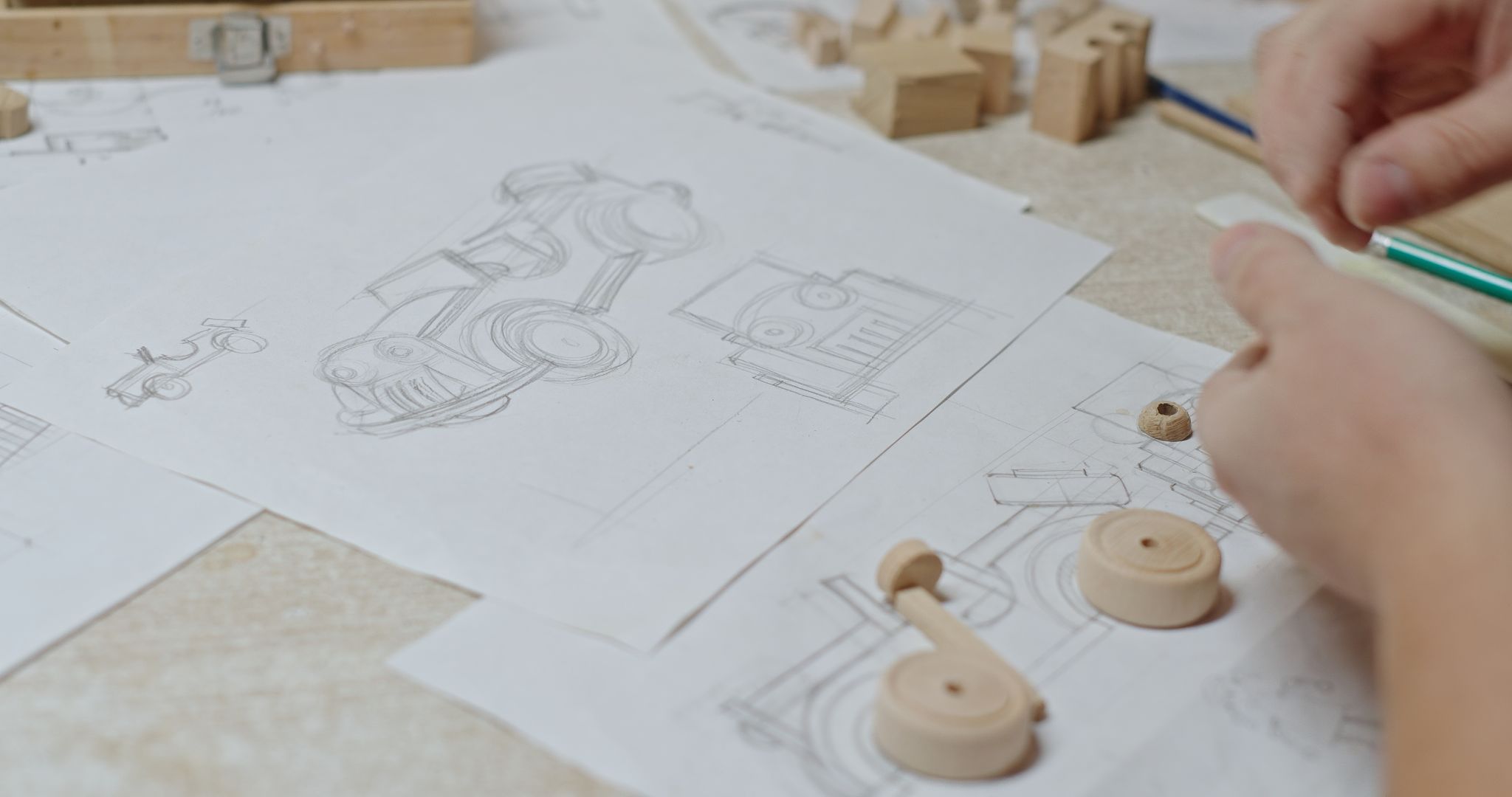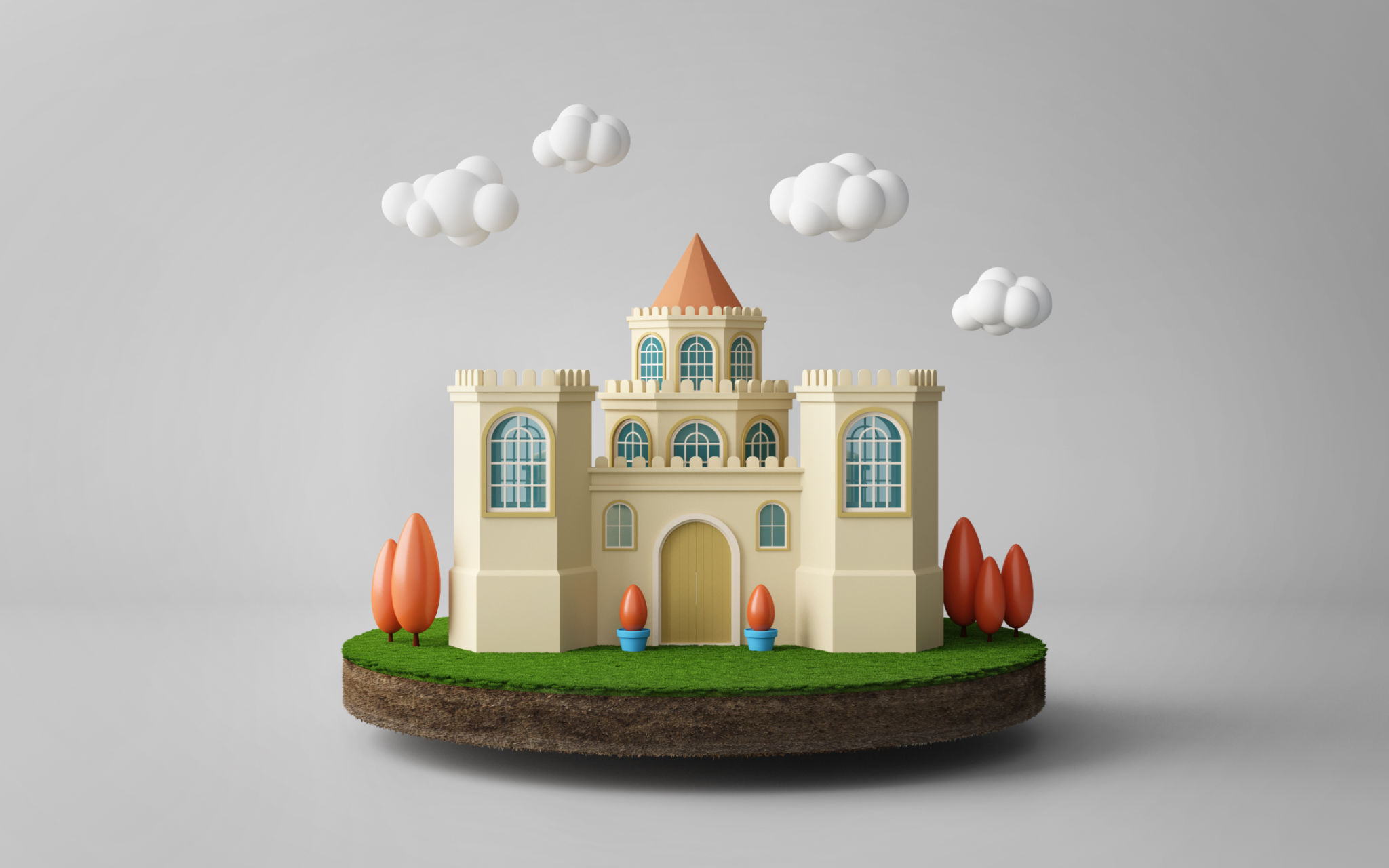From Idea to Shelf: The Process of Custom Toy Design and Production
Conceptualizing the Toy
The journey of custom toy design begins with an **idea**. Whether it's an innovative twist on a classic toy or something entirely new, the conceptual phase is crucial. This stage involves brainstorming sessions where designers sketch out potential ideas and explore various themes and functionalities. Often, this is a collaborative effort, bringing together diverse perspectives to refine the initial concept into something tangible and exciting.

Once a solid concept is in place, it's essential to define the target audience. Understanding who the toy is intended for can significantly influence the design aspects, including size, color, and features. Market research plays a vital role here, as it provides insights into consumer preferences and current trends that can shape the final product.
Design and Development
After the idea is thoroughly vetted and the target audience identified, the next step is the design phase. Designers use digital tools like CAD software to create detailed 3D models of the toy. These models are crucial for visualizing the product and making necessary adjustments before physical prototypes are produced.

Prototyping follows the digital design phase. This stage involves creating a physical version of the toy using materials like plastic, wood, or fabric. It's an iterative process where designers test the prototype for functionality, safety, and aesthetics. Feedback from this stage is invaluable, often leading to further refinements.
Manufacturing and Production
Once the prototype is perfected, it's time for mass production. This involves partnering with manufacturing facilities that specialize in toy production. Key considerations during this stage include material selection, production costs, and ensuring compliance with safety standards. Manufacturers create molds based on the final prototype to produce large quantities efficiently.

Quality control is essential during production to ensure that each toy meets the design specifications and safety requirements. This involves regular inspections and tests throughout the manufacturing process to maintain high standards.
Marketing and Distribution
With production underway, attention shifts to marketing strategies aimed at creating buzz around the new toy. Effective marketing campaigns often include a mix of online advertising, social media promotion, and partnerships with influencers or retailers to reach a broader audience.

Distribution is the final step before the toy hits the shelves. This involves coordinating with retailers and distributors to ensure timely delivery. Efficient logistics are crucial here to avoid delays and meet demand.
Bringing Ideas to Life
The journey from idea to shelf in custom toy design is a meticulous process that requires creativity, collaboration, and attention to detail. Each stage plays a significant role in transforming a simple concept into a beloved product that brings joy to children and collectors alike. As trends evolve, so does the industry, continually pushing the boundaries of innovation and imagination in toy design.
